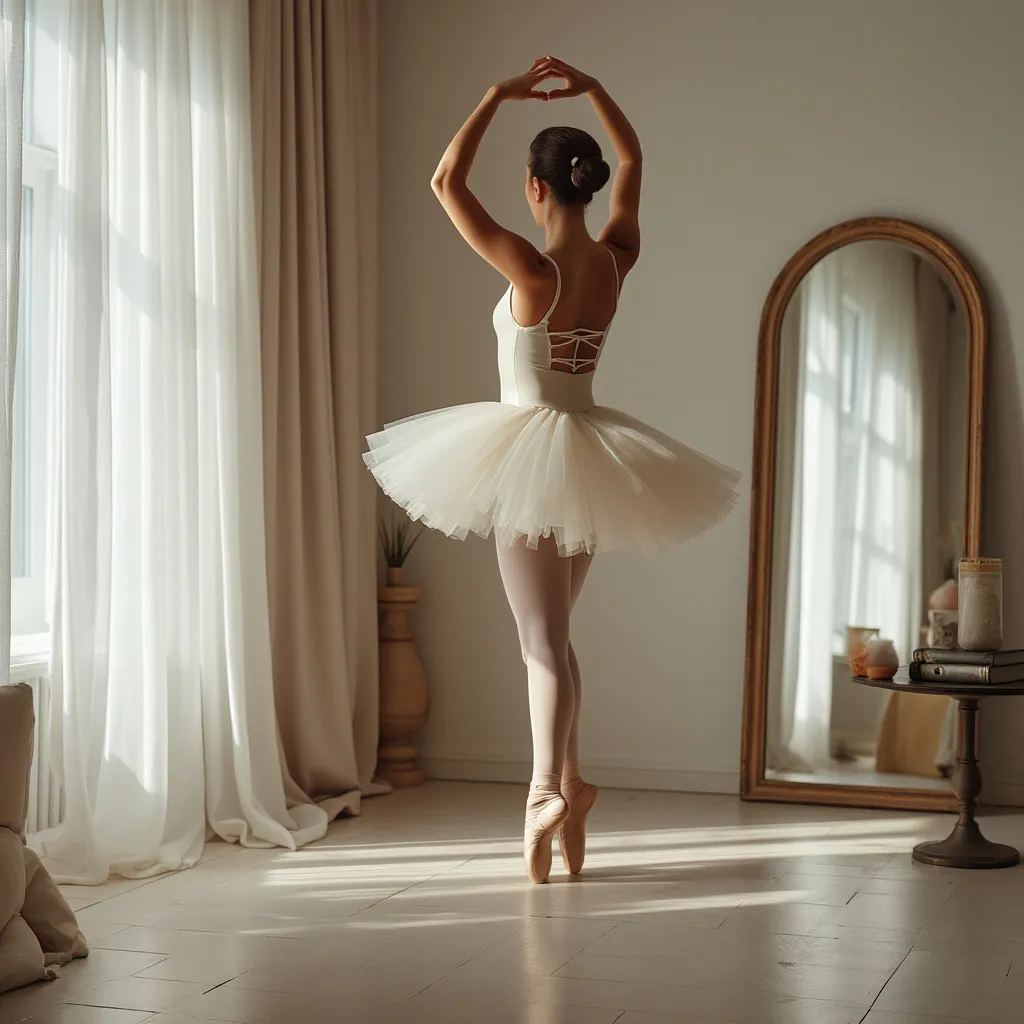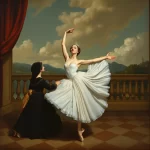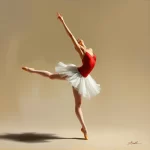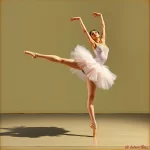The Role of Women in Ballet: From Prima Ballerinas to Choreographers
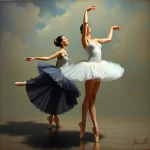
Introduction
Ballet, a classical dance form that originated during the Italian Renaissance and later developed in France and Russia, has long been a domain where women have played pivotal roles. From the ethereal grace of prima ballerinas to the innovative visions of female choreographers, women have significantly shaped the art of ballet. This article delves into the multifaceted roles women have played in ballet, exploring their contributions as performers, creators, and leaders in this timeless art form.
The Evolution of Women in Ballet
Early Beginnings
In the early days of ballet, women were not always the central figures. During the Renaissance, ballet was primarily a courtly entertainment performed by noblemen. It wasn’t until the 17th century, under the reign of King Louis XIV of France, that women began to take on more prominent roles in ballet performances. The establishment of the Académie Royale de Danse in 1661 marked a significant turning point, as it provided formal training for both male and female dancers.
The Rise of the Prima Ballerina
The 18th and 19th centuries saw the emergence of the prima ballerina, a title given to the leading female dancer in a ballet company. This period was marked by the Romantic era, which celebrated the ethereal and otherworldly qualities of female dancers. Iconic figures such as Marie Taglioni, Fanny Elssler, and Carlotta Grisi became household names, captivating audiences with their technical prowess and emotional expressiveness. Taglioni, in particular, is credited with popularizing the use of pointe shoes, which allowed dancers to appear as if they were floating on air.
Women as Choreographers
Breaking the Glass Ceiling
While women have long been celebrated as performers, their roles as choreographers have historically been less recognized. For many years, the world of choreography was dominated by men, with few opportunities for women to showcase their creative talents. However, this began to change in the 20th century, as pioneering female choreographers broke through the glass ceiling and made their mark on the ballet world.
Trailblazing Female Choreographers
One of the most influential female choreographers of the 20th century was Bronislava Nijinska, sister of the legendary dancer Vaslav Nijinsky. Nijinska’s innovative works, such as “Les Noces” and “Les Biches,” challenged traditional gender roles and explored complex themes of human relationships. Another trailblazer was Agnes de Mille, whose groundbreaking ballet “Rodeo” combined classical ballet with American folk dance, paving the way for a new genre of dance.
In recent years, female choreographers such as Twyla Tharp, Crystal Pite, and Annabelle Lopez Ochoa have continued to push the boundaries of ballet, creating works that are both technically demanding and emotionally resonant. Their contributions have not only enriched the ballet repertoire but have also inspired a new generation of female choreographers to pursue their artistic visions.
Women in Leadership Roles
Artistic Directors and Ballet Masters
Beyond the stage and the studio, women have also made significant strides in leadership roles within ballet companies. Artistic directors and ballet masters play crucial roles in shaping the artistic direction and vision of a company, and women have increasingly taken on these positions of influence.
One notable example is Karen Kain, who served as the artistic director of the National Ballet of Canada from 2005 to 2021. Under her leadership, the company expanded its repertoire and gained international acclaim. Similarly, Tamara Rojo, the artistic director of the English National Ballet, has been instrumental in revitalizing the company and championing new works by female choreographers.
Advocacy and Mentorship
Women in leadership roles have also been strong advocates for gender equality and diversity within the ballet world. They have worked to create more opportunities for female dancers and choreographers, as well as to address issues such as body image and mental health. Through mentorship programs and initiatives, they have helped to nurture the next generation of female talent and ensure that ballet remains a vibrant and inclusive art form.
Challenges and Opportunities
Overcoming Stereotypes
Despite the significant progress that has been made, women in ballet still face challenges and stereotypes. Traditional gender roles and expectations can limit the opportunities available to female dancers and choreographers. For example, the portrayal of women in ballet often emphasizes beauty and grace, while male dancers are celebrated for their strength and athleticism. This can create a narrow definition of what it means to be a female dancer and limit the types of roles and choreography available to women.
Creating Inclusive Spaces
To address these challenges, many ballet companies and organizations are working to create more inclusive and equitable spaces. This includes commissioning new works that challenge traditional gender roles, providing support and resources for female choreographers, and promoting diversity in casting and programming. By fostering an environment that values and celebrates the contributions of women, the ballet world can continue to evolve and thrive.
FAQ
What is a prima ballerina?
A prima ballerina is the leading female dancer in a ballet company. This title is often given to dancers who have demonstrated exceptional technical skill, artistry, and stage presence. Prima ballerinas are typically featured in principal roles and are considered the stars of their companies.
Who are some famous female choreographers in ballet?
Some famous female choreographers in ballet include Bronislava Nijinska, Agnes de Mille, Twyla Tharp, Crystal Pite, and Annabelle Lopez Ochoa. These choreographers have made significant contributions to the ballet repertoire and have been recognized for their innovative and impactful works.
How have women in leadership roles impacted the ballet world?
Women in leadership roles, such as artistic directors and ballet masters, have had a profound impact on the ballet world. They have shaped the artistic direction of their companies, championed new works by female choreographers, and advocated for gender equality and diversity. Their leadership has helped to create more opportunities for women and ensure that ballet remains a dynamic and inclusive art form.
What challenges do women in ballet still face?
Women in ballet still face challenges such as traditional gender roles and stereotypes, limited opportunities for female choreographers, and issues related to body image and mental health. However, many ballet companies and organizations are working to address these challenges by creating more inclusive and equitable spaces and promoting diversity in casting and programming.
Conclusion
The role of women in ballet has evolved significantly over the centuries, from the early days of courtly entertainment to the emergence of prima ballerinas and pioneering female choreographers. Women have made invaluable contributions to the art of ballet, both on and off the stage, and their influence continues to shape the future of this timeless dance form. As the ballet world continues to evolve, it is essential to recognize and celebrate the achievements of women and to create opportunities for the next generation of female talent. By doing so, we can ensure that ballet remains a vibrant and inclusive art form for generations to come.

